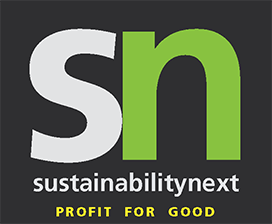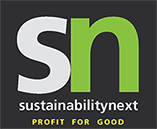India has the third highest number of green buildings in the world shows the decade old movement has had its impact. For this movement to have a larger impact it has to involve smaller builders and should move to tier two and tier three towns. Edited excerpts from a report titled ‘Corporate Real Estate in India – A Green Initiative’ by CoreNet Global 2014.
According to other estimates, 75 percent of the buildings expected to come up in India by 2030 are yet to be built. The United Nations Environment Program says nearly one third of the total greenhouse emissions come from buildings, “green buildings” are essential to any policies addressing climate change and environmental concerns. In India buildings account for 35 percent of total energy consumption and this percentage is growing at an annual rate of 8 percent.
As demand for green buildings increases, the hope is that the energy consumption per building will reduce concurrently. The green initiative has seen many Indian companies take charge as well. Newsweek’s 2012 Green Rankings had thirteen Indian companies in their list of top 500 greenest companies in the world, and three were in the top twenty.
The Indian Green Building Council – The Indian Green Building Council (IGBC ) was established in 2001 by the Confederation of Indian Industry (CII). The IGBC administers the Leadership in Energy and Environmental Design (LEED) certifi cation in India and this was the fi rst green building certification system in India. With 11.6 million gross square meters of space LEED certifi ed, India currently ranks third in the world. It also has over 1600 LEED certifi ed and registered buildings. Considering that green building certifi cation took off in India only in 2004, there has been tremendous progress. As of July 2014, the Green Building Certifi cation Institute (GBCI) will be taking over the process of LEED certifi cation in India.
According to George McKay, South Asia Director, Offi ce & Integrated Services, Colliers International, “The Indian green building market has evolved. It is no longer only motivated by MNCs looking for LEED certification. A growing number of End Users – both Indian and international – might follow sustainable practices, without necessarily aiming for that certifi cation. Leading developers are increasingly, genuinely more interested in pursuing more sustainable practices, as they look to benchmark both their products and techniques against the best practices existing in more developed markets.”
Voluntary So Far
The Green Rating for Integrated Habitat Assessment, also known as GRIHA was introduced in 2005 by The Energy and Resources Institute (TERI). According to GRIHA’s website, there are currently 500 projects registered under the system, while the total footprint registered is about 18 million square meters. TERI uses green practices particularly suited to the Indian market and has partnered with the USGBC to promote these further.
The Energy Conservation Building Code (ECBC), introduced by the Indian government in 2007 is now voluntary. But is likely to be made mandatory by 2017. ECBC compliant buildings could have energy savings of 40-60 percent.
The Bureau of Energy Effi ciency – The BEE, a governmental organization, Also promotes reduction of energy consumption in India via self regulation. BEE is specifi cally charged with creating standardized labels that would apply to appliances, produce building codes for energy effi ciency, craft certifi cation and accreditation procedures, among other responsibilities.
Leveraging Technology
In order to meet these criteria, leveraging available technology and knowledge is important. This is already happening in India. Estimates by Gartner put spending on green IT and sustainability in India at three times their 2013 levels, by 2020.
For example, according to Frost and Sullivan, green buildings can have some of the following benefits:
- 50-70 percent energy cost reduction
- 40 percent reduction in use of potable water
- Higher productivity/improved quality of life
- Significant reduction in emission of greenhouse gases
While estimates for the cost premium for green building construction vary, the chart below shows that platinum LEED buildings in India have a longer payback period than those that are gold or silver. Overall, however, though the cost premium for building a green building used to be higher in India than in the more mature markets, the cost is expected to go down as the green building industry in India develops further.
McKay adds, “The cost differential is lower than they used to be. Many materials that used to have to be sourced from farther destinations are available more locally, now. This lowers the overall costs as compared to a building solution that relies on a lot of imported products and techniques. It is also benefi cial that over the years there has been an increased infl ux of knowledge of green/sustainability practices into India. Not only are end users being able to leverage the knowledge of their internationally based counter parts, there is also superior data available in the country itself.”





